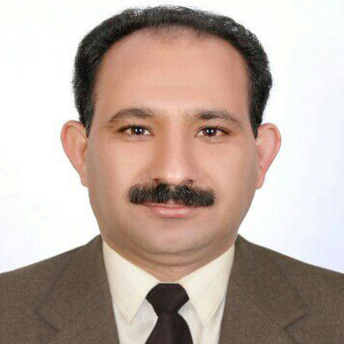International Journal of Information Technology and Computer Science (IJITCS)
IJITCS Vol. 7, No. 12, 8 Nov. 2015
Cover page and Table of Contents: PDF (size: 371KB)
Early Detection and Classification of Melanoma Skin Cancer
Full Text (PDF, 371KB), PP.67-74
Views: 0 Downloads: 0
Author(s)
Index Terms
Melanoma, preprocessing, skin lesion segmentation, feature extraction, diagnosis
Abstract
Melanoma is a form of cancer that begins in melanocytes (cells that make the pigment melanin). It can affect the skin only, or it may spread to the organs and bones. It is less common, but more serious and aggressive than other types of skin cancer. Melanoma can be of benign or malignant. Malignant melanoma is the dangerous condition, while benign is not. In order to reduce the death rate due to malignant melanoma skin cancer, it is necessary to diagnose it at an early stage.
In this paper, a detection system has been designed for diagnosing melanoma in early stages by using digital image processing techniques. The system consists of two phases: the first phase detects whether the pigmented skin lesion is malignant or benign; the second phase recognizes malignant melanoma skin cancer types. Both first and second phases have several stages. The experimental results are acceptable.
Cite This Paper
Abbas Hanon. Alasadi, Baidaa M.ALsafy, "Early Detection and Classification of Melanoma Skin Cancer", International Journal of Information Technology and Computer Science(IJITCS), vol.7, no.12, pp.67-74, 2015. DOI:10.5815/ijitcs.2015.12.08
Reference
[1]National Cancer Institute, “Melanoma skin cancer ”, U.S. Department of Health and Human Services, National Institutes of Health, 2010.
[2]Aswin.R.B, J. Abdul Jaleel, Sibi Salim, “Implementation of ANN Classifier using MATLAB for Skin Cancer Detection”, College of Engineering and Technology during December, 2013 at Trivandrum, Kerala, India.
[3]Bareqa Salah, Mohammad Alshraideh, Rasha Beidas and Ferial Hayajneh, “Skin Cancer Recognition by Using a Neuro-Fuzzy System’’, The University of Jordan, Amman 11942, Jordan, 2011.
[4]MELANOMA DATABASE: http://www.lloydderm.com/searchresults.php?search=images&sort=score.
[5]T. Y. SATHEESHA, D. SATYANARAYANA and M. N. GIRIPRASAD,“A Pixel Interpolation Technique for curved hair removal in skin images to support melanoma detection”, Journal of Theoretical and Applied Information Technology, 2005.
[6]Gajanand Gupta, “ Algorithm for Image Processing Using Improved Median Filter and Comparison of Mean, Median and Improved Median Filter”, International Journal of Soft Computing and Engineering (IJSCE) ISSN: 2231-2307, Volume-1, Issue-5, November 2011.
[7]Salem Saleh Al-amri, N.V. Kalyankar and Khamitkar S.D , “Image Segmentation by Using Thershod Techniques”, JOURNAL OF COMPUTING, VOLUME 2, ISSUE 5, MAY 2010, ISSN 2151-9617,2010.
[8]Md.Amran Hossen Bhuiyan, Ibrahim Azad, and Md.Kamal Uddin, “Image Processing for Skin Cancer Features Extraction”, International Journal of Scientific & Engineering Research Volume 4, Issue 2, February-2013.
[9]Nikhil Cheerla and Debbie Frazier,’’ Automatic Melanoma Detection Using Multi-Stage Neural Networks”, International Journal of Innovative Research in Science, Engineering and Technology, Vol. 3, Issue 2, February 2014.
[10]Peter Howarth and Stefan R¨uger,’’ Evaluation of Texture Features for Content-Based Image Retrieval”, Department of Computing, Imperial College London, South Kensington Campus, London, 2004.
[11]Dong ping Tian, “A Review on Image Feature Extraction and Representation Techniques”, International Journal of Multimedia and Ubiquitous Engineering Vol. 8, No. 4, July, 2013.
[12]Mohammad Saber Iraji,Azam Tosinia, “Skin Color Segmentation in YCBCR Color Space with Adaptive Fuzzy Neural Network (Anfis) ”,IJIGSP,Vol.4,No.4,pp.35-41,2012.
[13]Fritz Albregtsen, “Statistical Texture Measures Computed from Gray Level Coocurrence Matrices”, Image Processing Laboratory Department of Informatics University of Oslo November 5, 2008.
